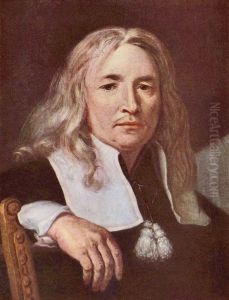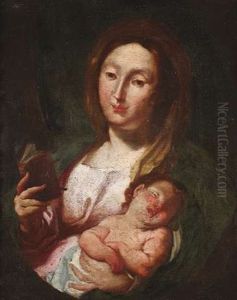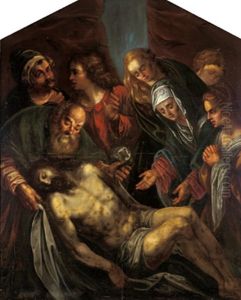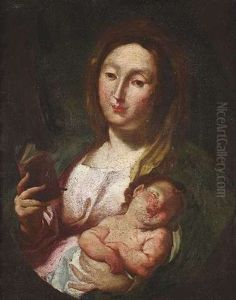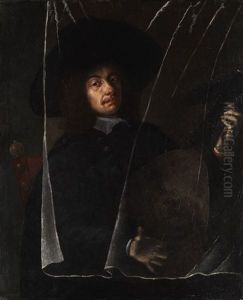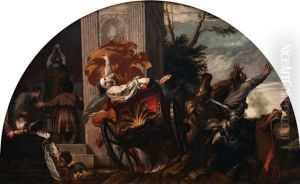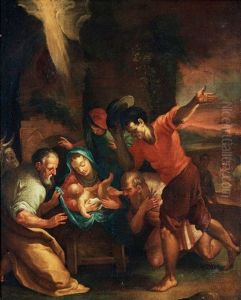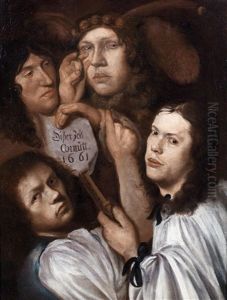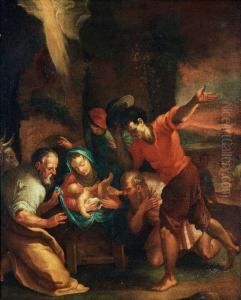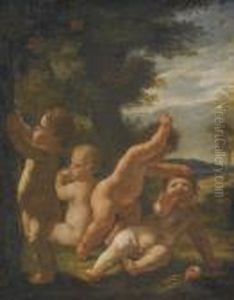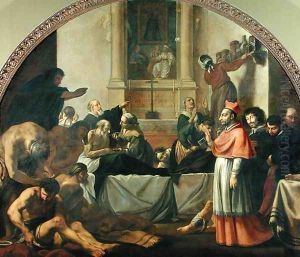Karel Skreta Paintings
Karel Škréta Šotnovský ze Závořic (1610 – 1674) was a significant figure in the Bohemian Baroque era, renowned for his contributions to painting. Born in Prague, then part of the Holy Roman Empire, Škréta's early life was marked by the tumultuous times of the Thirty Years' War, which influenced the cultural and political landscape of his homeland. Despite these challenges, Škréta's interest in art flourished, leading him to pursue his passion with great dedication. In his formative years, Škréta likely received his initial artistic training in Prague. However, seeking to advance his skills and knowledge, he traveled to Italy in the early 1630s. This journey proved pivotal for his artistic development. Italy, being the cradle of the Renaissance and Baroque movements, offered Škréta a rich repository of artistic inspiration. During his stay, he absorbed the influences of the Italian masters, which significantly shaped his style and approach to painting. Upon returning to Prague in the mid-1630s, Škréta established himself as a leading painter. His work, characterized by a harmonious blend of Bohemian tradition and Italian Baroque influences, garnered significant attention and acclaim. Škréta was particularly noted for his portraits and religious compositions, which stood out for their expressive intensity and technical sophistication. His ability to convey the psychological depth of his subjects and his mastery of chiaroscuro significantly contributed to his reputation. Throughout his career, Karel Škréta remained closely connected to the cultural and religious life of Prague. He became a key member of the city's artistic community, contributing not only through his paintings but also through his involvement in various cultural projects and institutions. His works were commissioned by many of the leading figures of his time, including members of the nobility and the church, reflecting the high esteem in which he was held. Karel Škréta's legacy is of a pioneering artist who played a crucial role in the development of Baroque art in Bohemia. His integration of Italian Baroque elements with local traditions created a distinctive style that influenced generations of artists. Škréta's death in 1674 marked the end of an era, but his contributions to the world of art continue to be celebrated for their enduring beauty and historical significance.




